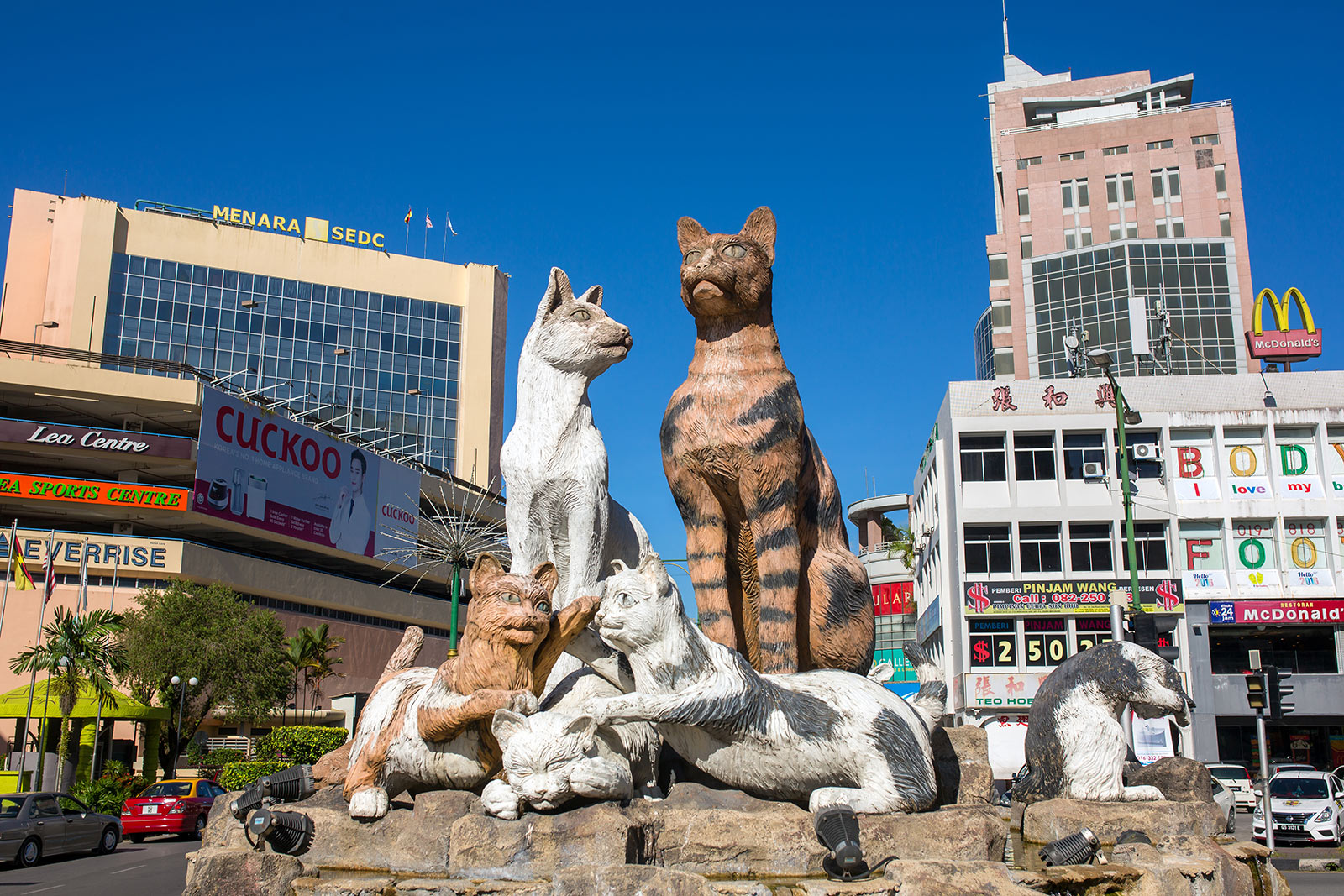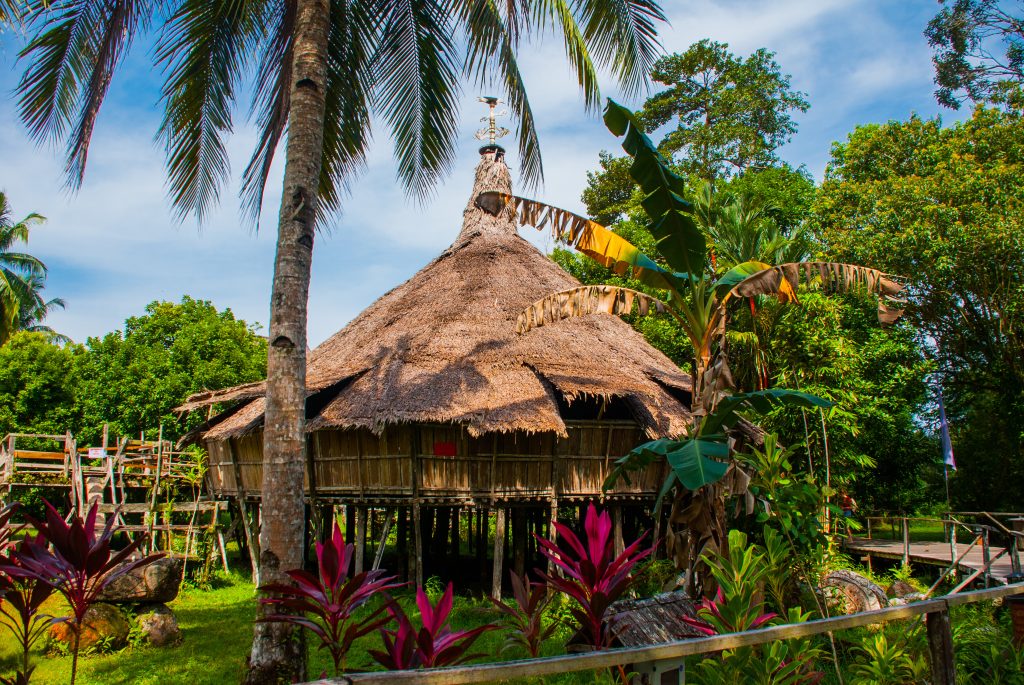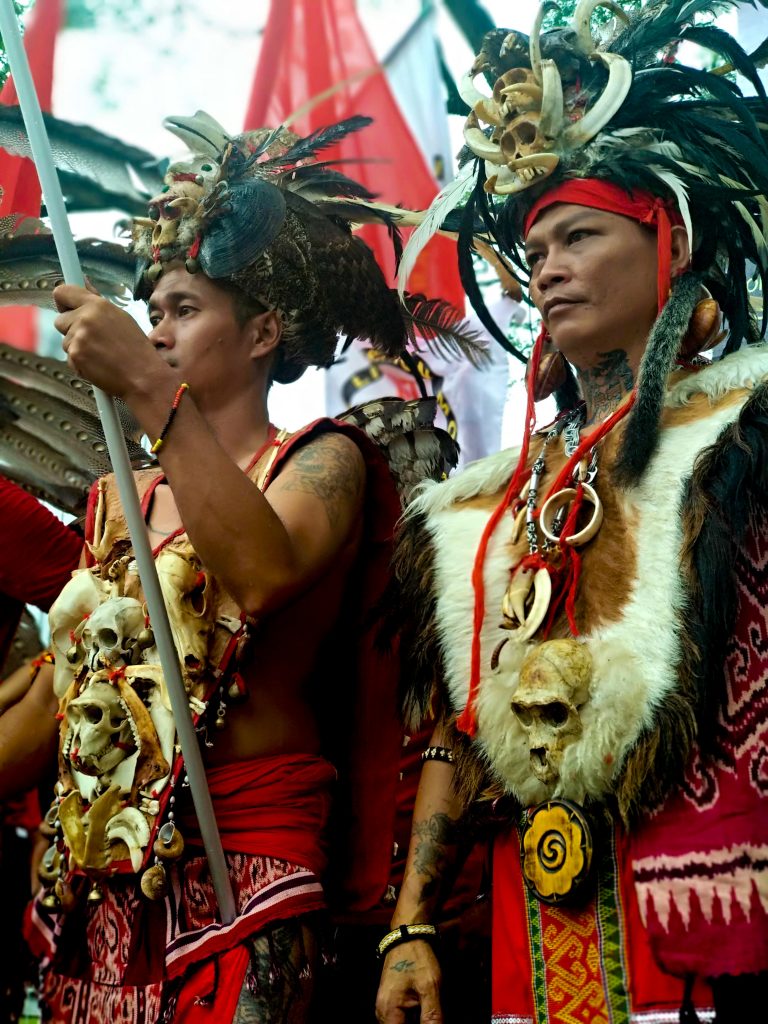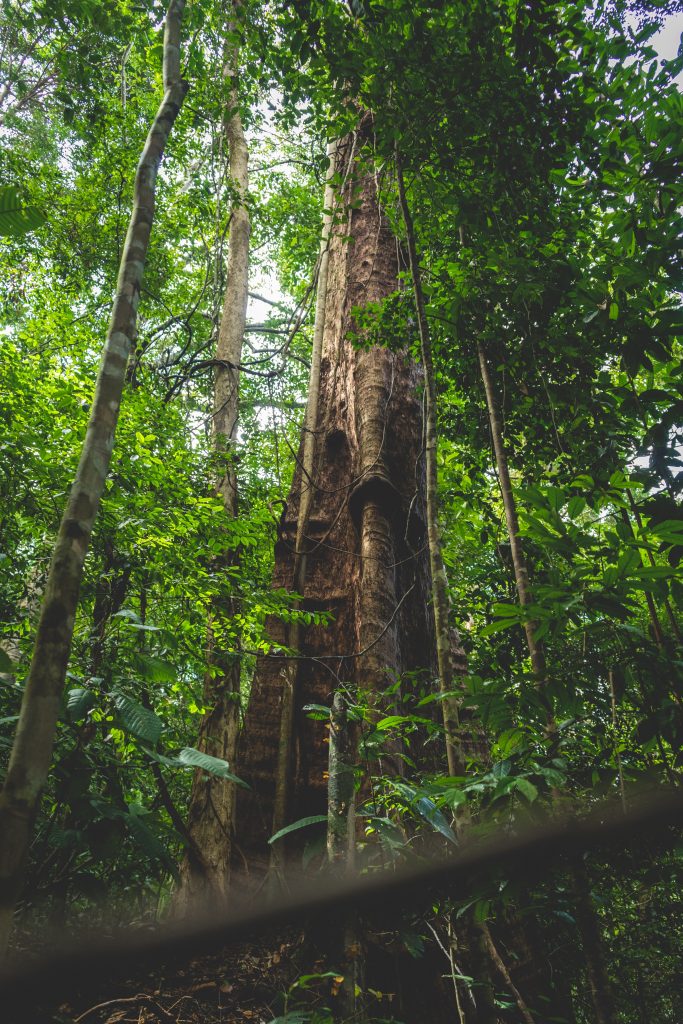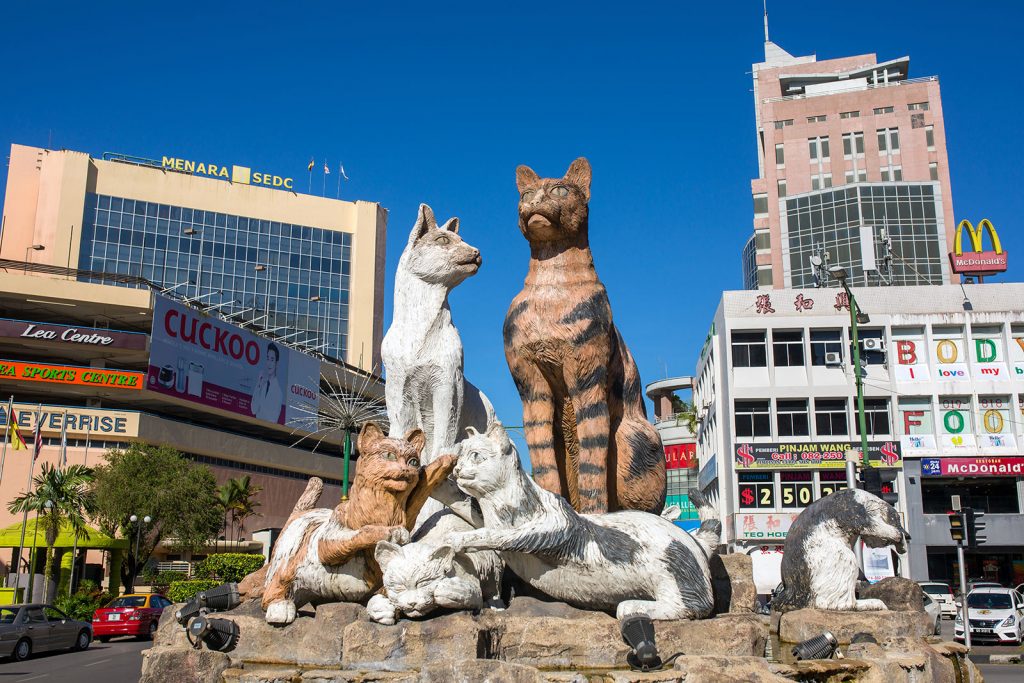HISTORY

The iconic monument of a cat family at Kuching
There are several theories about how Kuching got its name. One account indicates that James Brooke, the British adventurer who became the first Rajah of Sarawak, in 1839 referred to the settlement of “Kuchin” which is a translation of the Malay word for “cat”. It was also at that time possibly a corruption of the word “Cochin” which was in vogue at that time as a generic term for a trading port.
Other sources indicate that the name was derived from the “mata kucing” (Euphoria malaiense) fruit tree that grows widely in Borneo whilst an old English source – an English lady writing to her son in the 19th century attributes the name to a stream named Sungei Kuching running through the town. There is also a claim that the name comes from the amalgam of the Chinese word for old well (ku = old; chin = well).
Despite its initially unclear origins, the settlement became firmly established by the 1870s during the administration of Charles Brooke, the nephew of the first Brooke. According to Margaret, Charles’ wife, the little town looked so neat and fresh and prosperous under the careful jurisdiction of the Rajah and his officers, that it reminded of a box of painted toys kept scrupulously clean by a child.
She also wrote that “The Bazaar runs for some distance along the banks of the river, and this quarter of the town is inhabited almost entirely by Chinese traders, with the exception of one or two Hindoo shops. Groceries of exotic kinds are laid out on tables near the pavement, from which the purchasers make their choice.
At the Hindoo shops you can buy silks from India, sarongs from Java, tea from China and tiles and porcelain from all parts of the world, laid out in picturesque confusion, and overflowing into the street.”
Despite a disastrous fire which destroyed a large part of the town and many of its most notable buildings in January 1884, the town recovered and expanded steadily under the Brooke administration until 1941 when it was conquered by Japanese forces on 24 December.
Together with the rest of Sarawak, it became part of the Japanese empire for three years and eight months, until the Japanese surrendered in 1945. The official surrender was signed on HMAS Kapunda anchored off Pending Point, Sungai Sarawak, on 11 September 1945.
A painful page from that period revolves around the Japanese operation of the infamous Batu Lintang camp located 5 kilometers outside Kuching, to hold prisoners of war and civilian internees.
It is estimated that of the approximately 2,000 British POWs held there, over two-thirds died during or as a result of their captivity. Following the unconditional surrender of Japan on 15 August 1945, the camp was liberated a month later.
On liberation, the camp population was 2,024, of whom 1,392 were POWs, 395 were male civilian internees and 237 were civilian women and children. Chilling Japanese papers found at the camp following its liberation indicate two “death orders”. Both described the proposed method of execution of every POW and internee in the camp.
The first order, scheduled for enactment on 17 or 18 August, was not carried out; the second was scheduled to take place on 15 September. The timely liberation of the camp may have prevented the execution of over 2,000 men, women and children.
The town itself, fortunately, was little undamaged.by the war but its political future had been altered. The third and last Rajah, Charles Vyner Brooke ceded Sarawak to the British Crown on 1 July 1946 and this led to a new stage of development of the town and the state under direct British colonial rule.
The iconic monument of a cat family at Kuching
Despite a bout of political instability in the 50s and early 60s arising from decolonization, Kuching continued its steady progress as the capital of Sarawak. When Sarawak, together with North Borneo, Singapore and the Federation of Malaya, formed the Federation of Malaysia in 1963, Kuching kept its status as the state capital and was granted city status on 1 August 1988.
Since then, Kuching has experienced further development in the last three decades and today has become one of the most attractive of state capitals with a harmonious blend of conserved history and local identity.
Perhaps the most significant of its positive traits is its maintenance of racial harmony and the close bond that is found in the city population arising from inter-racial marriages, multi-racial schools, a balanced workforce and a relative absence of discrimination in many spheres of life.
